The Simple Skincare Routine That Actually Works (From an Esthetician)
After spending years in the treatment room, I’ve seen it all. Trends have come and gone, but one thing never changes: people just want skin that feels good and looks healthy. I’ve had clients dump bags of fancy, expensive products on my table, totally frustrated that nothing seems to work. The secret isn’t some miracle cream or a 15-step ritual. It’s about understanding the organ you’re working with.
In this article
Honestly, glowing skin isn’t something you paint on. It’s an outward sign that your body’s largest organ is happy and functioning properly. It tells a story of balance, protection, and consistent, simple care.
So many people think good skin is a complicated mystery, and it’s easy to get suckered in by clever marketing. But the real principles are surprisingly straightforward, rooted in basic biology. Once you get these down, you can cut through all the noise and build a routine that will serve you for life. This isn’t about chasing perfection; it’s about having skin that’s healthy, comfortable, and resilient. That’s where real confidence comes from. Let’s walk through the foundational knowledge I share with every single one of my clients.

First Things First: Understanding Your Skin Barrier
Before you even think about putting a product on your face, you need to know what you’re dealing with. Your skin isn’t just a covering; it’s a dynamic, living system. Its most important job is to be your personal bodyguard, protecting you from the outside world. We call this the ‘skin barrier’ or ‘acid mantle.’
Think of it like a perfectly built brick wall. The skin cells are the bricks, and the natural fats and lipids are the mortar holding everything together. When that wall is strong, it keeps the good stuff (like water and hydration) in, and the bad stuff (like pollution, bacteria, and irritants) out.
This barrier is naturally a little acidic, which is super important for keeping nasty bacteria from setting up shop. But when you use harsh, alkaline soaps—the kind that leave your skin feeling ‘squeaky clean’—you’re actually doing damage. That tight feeling? It’s a sign you’ve stripped away all the protective ‘mortar,’ leaving your skin’s brick wall vulnerable. This leads to dehydration, redness, sensitivity, and even breakouts. I can’t tell you how many clients thought they had oily, acne-prone skin when, in reality, their skin was just screaming for help by overproducing oil to repair a damaged barrier.
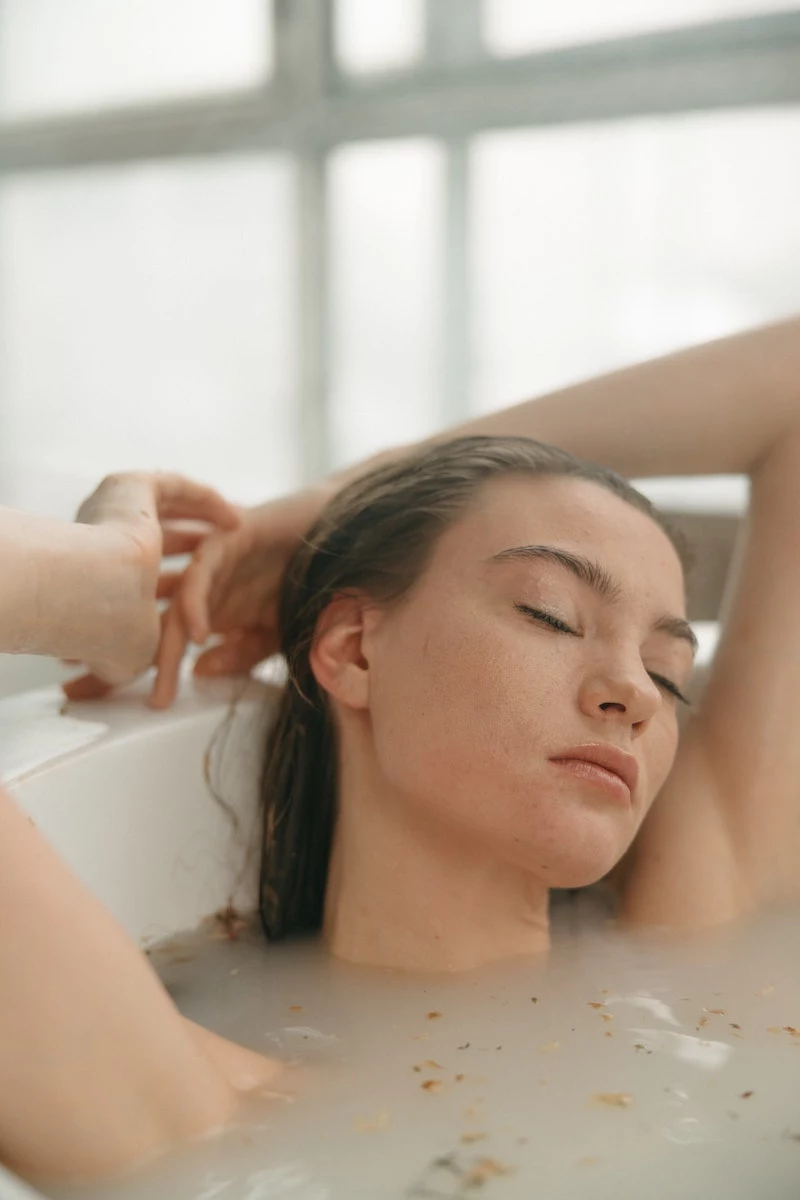
Heads up! How to tell if your barrier is compromised:
- Your skin feels tight and stretched after cleansing.
- Products that never bothered you before suddenly start to sting or burn.
- You’re dealing with redness and irritation that won’t go away.
- Your skin looks dull, and you might be flaky and oily at the same time.
Protecting this barrier is the #1 rule of skincare. Every choice you make should support it.
The Pro-Approved Core Routine: Cleanse, Moisturize, Protect
Forget what you see on social media. You do not need a ten-step routine to have great skin. I start every client on these three non-negotiable steps. Mastering them is way more powerful than using a dozen serums incorrectly. Consistency is your superpower here.
1. Cleansing: Gently and Thoroughly
The whole point of cleansing is to remove makeup, sunscreen, and daily grime without stripping your skin. It’s a delicate dance. For the evening, I swear by the double cleanse method. It’s a game-changer.
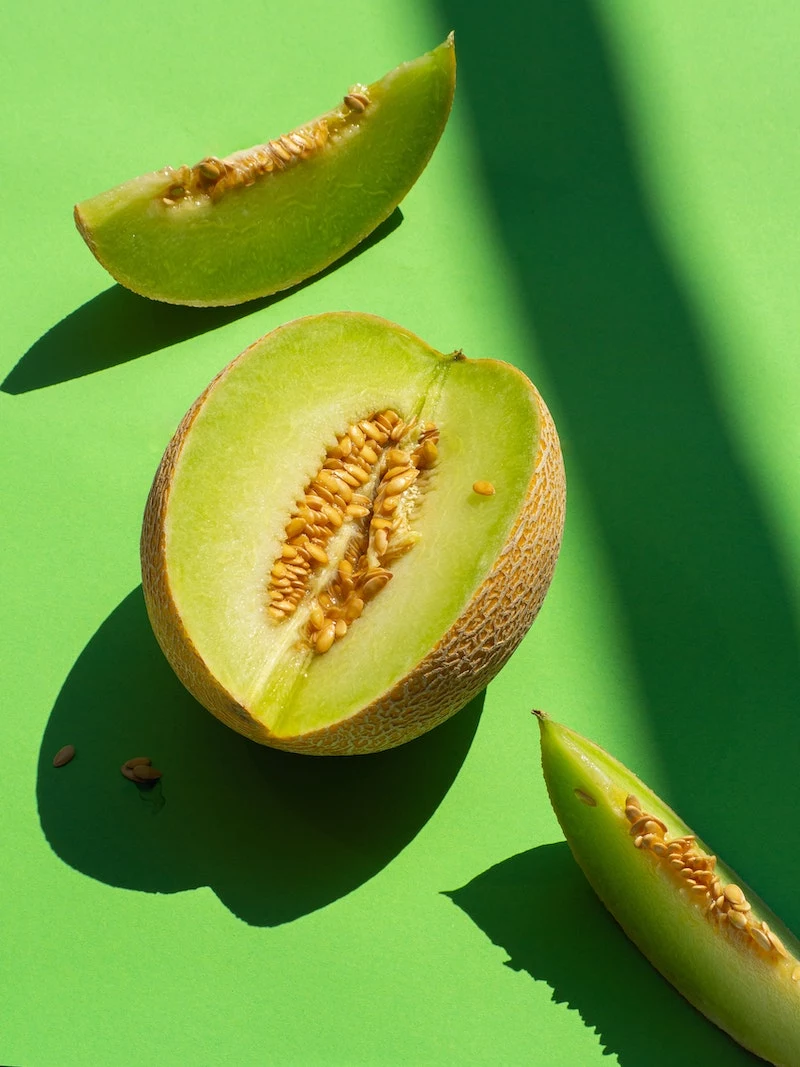
First Cleanse (Oil-Based): This step is for dissolving anything oily, like makeup, sunscreen, and your own sebum. Apply an oil or balm cleanser—like the DHC Deep Cleansing Oil (around $28) or the more budget-friendly Palmer’s Cocoa Butter Formula Cleansing Oil (about $8)—to DRY skin. Massage it in for a good 60 seconds. Then, add a splash of lukewarm water, and you’ll see it turn milky. This means it’s emulsified and ready to rinse clean, taking all the gunk with it.
Second Cleanse (Water-Based): Now you follow up with a gentle, pH-balanced cleanser to get everything else. Look for something sulfate-free. I always recommend CeraVe Hydrating Cleanser or La Roche-Posay Toleriane Purifying Foaming Cleanser, both are usually between $15 and $20 at the drugstore. Massage this into damp skin for another 60 seconds. And please, use lukewarm water—hot water is a one-way ticket to a damaged barrier.
2. Moisturizing: More Than Just a Cream
A good moisturizer does two jobs: it hydrates (adds water) and it moisturizes (locks that water in). To do this, it needs a mix of three key ingredient types.
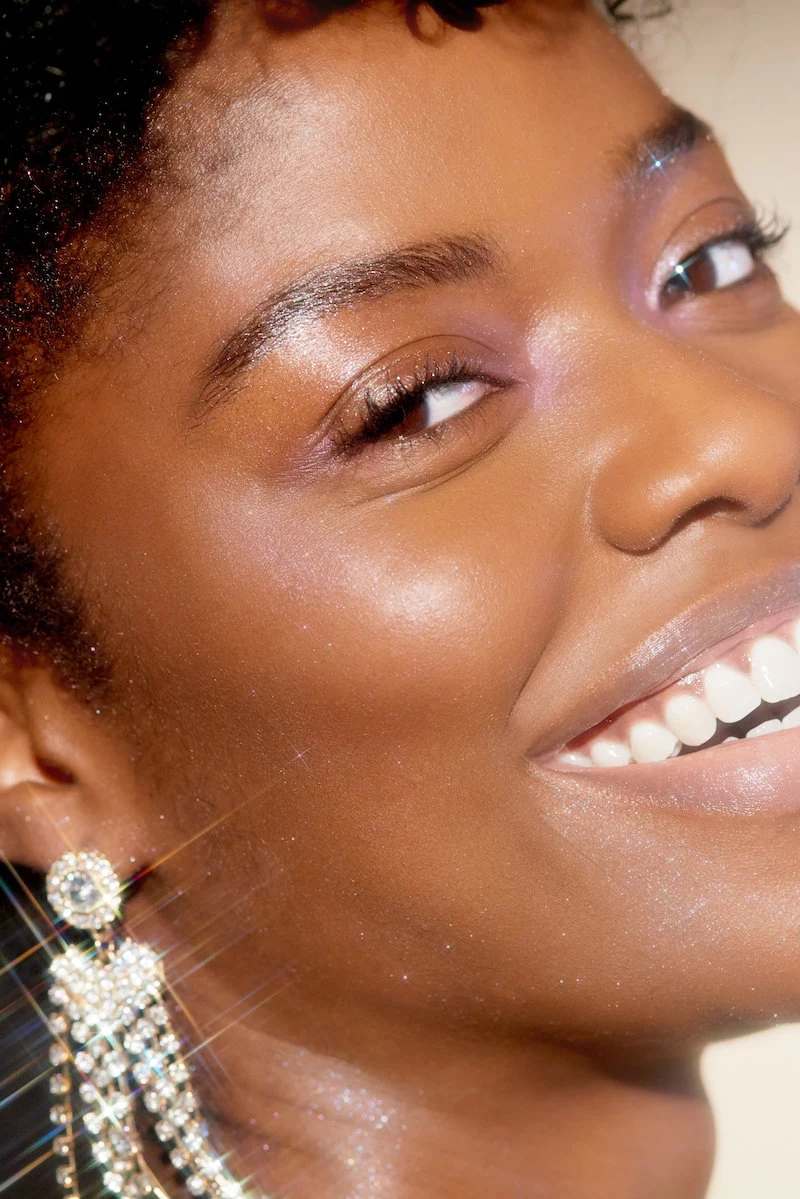
- Humectants: Think of these as little magnets for water. They pull moisture into the skin. Hyaluronic acid and glycerin are the most common ones.
- Emollients: These are the fats and oils that smooth and soften the skin, like shea butter and ceramides. They act like fresh mortar for your skin’s brick wall. (Good to know: Ceramides are a big deal because they make up about half of that natural mortar).
- Occlusives: These form a protective seal to stop water from evaporating. Petrolatum (found in products like Vaseline or CeraVe Healing Ointment) is the gold standard, but silicones work well, too.
Oily skin types usually do well with a lightweight gel, while dry skin needs a richer cream. A quick tip I swear by: always apply your moisturizer to slightly damp skin. This traps that surface water and makes your product work so much better.
Oh, and a common mistake I see all the time? People complain that hyaluronic acid serums make their skin feel drier. This happens when you apply it to dry skin in a dry environment. It has no water to grab onto, so it can pull moisture from the deeper layers of your skin instead. The fix is simple: apply it to damp skin, and immediately follow with your moisturizer to lock it all in.

3. Sun Protection: Your Best Anti-Aging Friend
If you only do one thing for your skin, make it this one. Wear sunscreen. Every. Single. Day. Rain or shine, indoors or out. UV radiation is the primary cause of visible aging—we’re talking wrinkles, sagging, and dark spots. There are two main types to choose from:
- Mineral (or Physical) Sunscreens: These use zinc oxide and/or titanium dioxide to create a physical shield that bounces UV rays away from your skin. They’re fantastic for sensitive skin. While they used to be known for leaving a white cast, modern formulas, like the EltaMD UV Clear SPF 46 (around $41), are much more elegant.
- Chemical Sunscreens: These use organic compounds that absorb UV radiation and convert it into heat. They tend to be lighter and rub in without a trace, which is why many people love them. Supergoop! Unseen Sunscreen (about $38) is a cult favorite for a reason. For a great drugstore option, check out the Neutrogena Hydro Boost Water Gel Lotion Sunscreen SPF 50 (around $17).
The best sunscreen is the one you’ll actually wear. Just make sure it’s broad-spectrum and at least SPF 30. The biggest mistake is not using enough. You need about a half teaspoon for your face and neck. An easy way to measure is the “two-finger rule”: squeeze a line of sunscreen down your index and middle fingers, and that’s the right amount.
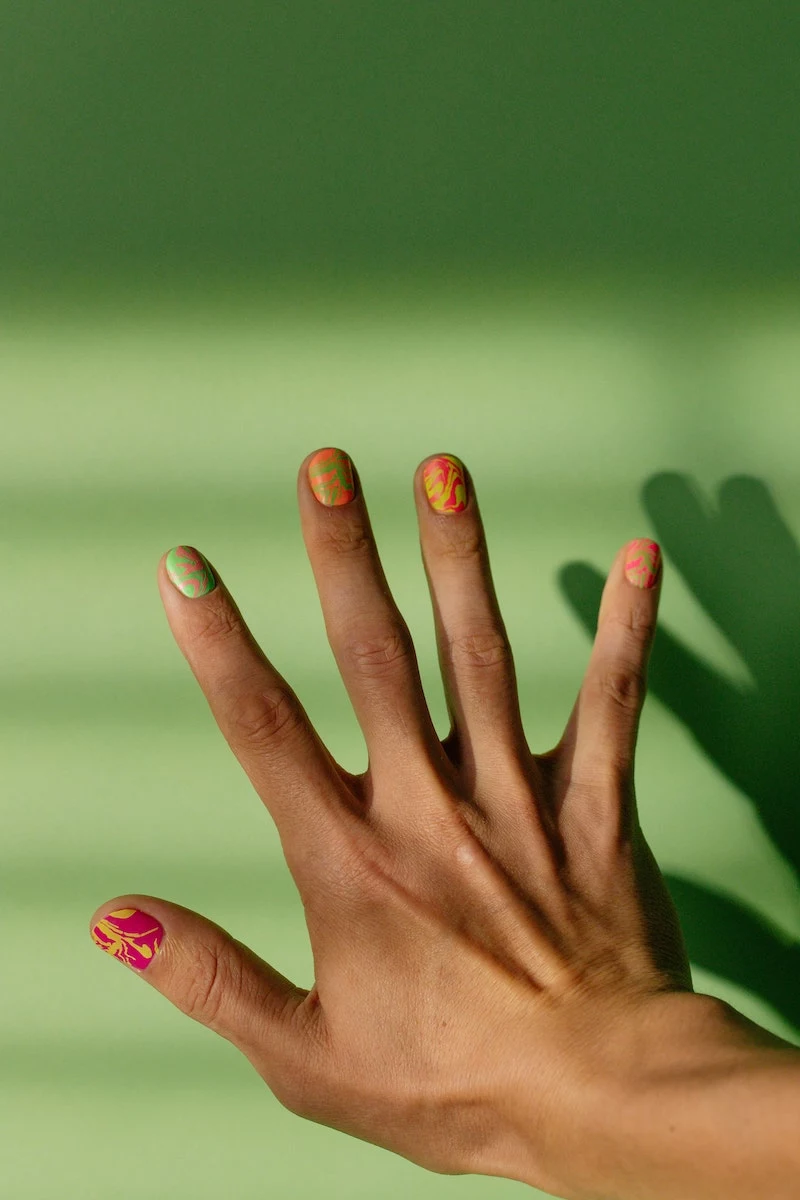
Your Simple Daily Blueprint: AM vs. PM
Okay, let’s put it all together. It’s way less complicated than you think.
Morning Routine (takes 2 minutes):
- Cleanse (optional): A splash of water or a quick swipe with your gentle, water-based cleanser is plenty. No need to double cleanse in the morning.
- Moisturize: Apply your moisturizer to damp skin to hydrate and prep for the day.
- Protect: Apply your SPF 30+ sunscreen. This is non-negotiable!
Evening Routine (takes 3-4 minutes):
- Double Cleanse: Start with your oil-based cleanser to melt off sunscreen and makeup, then follow with your water-based cleanser.
- Treat (optional): This is where you’d use any targeted treatments, like for puffiness or blemishes. We’ll get to that next.
- Moisturize: Apply a generous layer of your moisturizer to repair your skin barrier overnight.
How to Handle Common Skin Issues
Once your core routine is solid, you can start tackling specific concerns. And please, step away from the kitchen cabinet. I once had a client give herself a chemical burn with a DIY lemon juice and baking soda mask. Let’s stick to what’s proven and safe.

For Puffiness and Tired Eyes: That old trick with cold spoons works because cold constricts blood vessels. A better, safer way is to use a clean, damp washcloth that’s been in the fridge for 20 minutes. For a more advanced move, try a gentle lymphatic drainage massage with your ring finger (it has the lightest touch). Tap a tiny bit of eye cream in a circle from the inner corner of your under-eye, out towards your temple, and then back along the brow bone. Products with caffeine are great for this.
For the Occasional Pimple: Don’t pick! Instead, stick on a hydrocolloid patch. You can get a pack of Hero Cosmetics Mighty Patch for about $13 at Target. They create a little healing bubble that draws out gunk and, more importantly, keeps your fingers off. For something more active, use a spot treatment with 2.5% benzoyl peroxide. You can find generic versions at any pharmacy. Use a tiny dab only on the spot itself, not all over your face.

For Dehydration and Dry Flakes: Remember, you can be oily and dehydrated at the same time! The key is layering. Apply a hydrating serum with hyaluronic acid to damp skin, then immediately seal it with your moisturizer. By the way, running a humidifier in your bedroom at night can make a world of difference, especially in the winter when indoor heating zaps all the moisture from the air.
A Final Word on a Healthy Mindset
Real skincare isn’t about erasing every line or flaw. It’s an act of self-care. Focus on the daily practice, and be patient. Skin cell turnover takes about 4 to 6 weeks, so you need to be consistent for at least a month before you can truly judge if something is working. Don’t give up after a few days!
And finally, know when to call in the pros. An esthetician can be your skin’s best friend and coach, but a board-certified dermatologist is a medical doctor who can diagnose conditions and provide prescription-level care for things like persistent acne or rosacea. Don’t be afraid to seek their help.
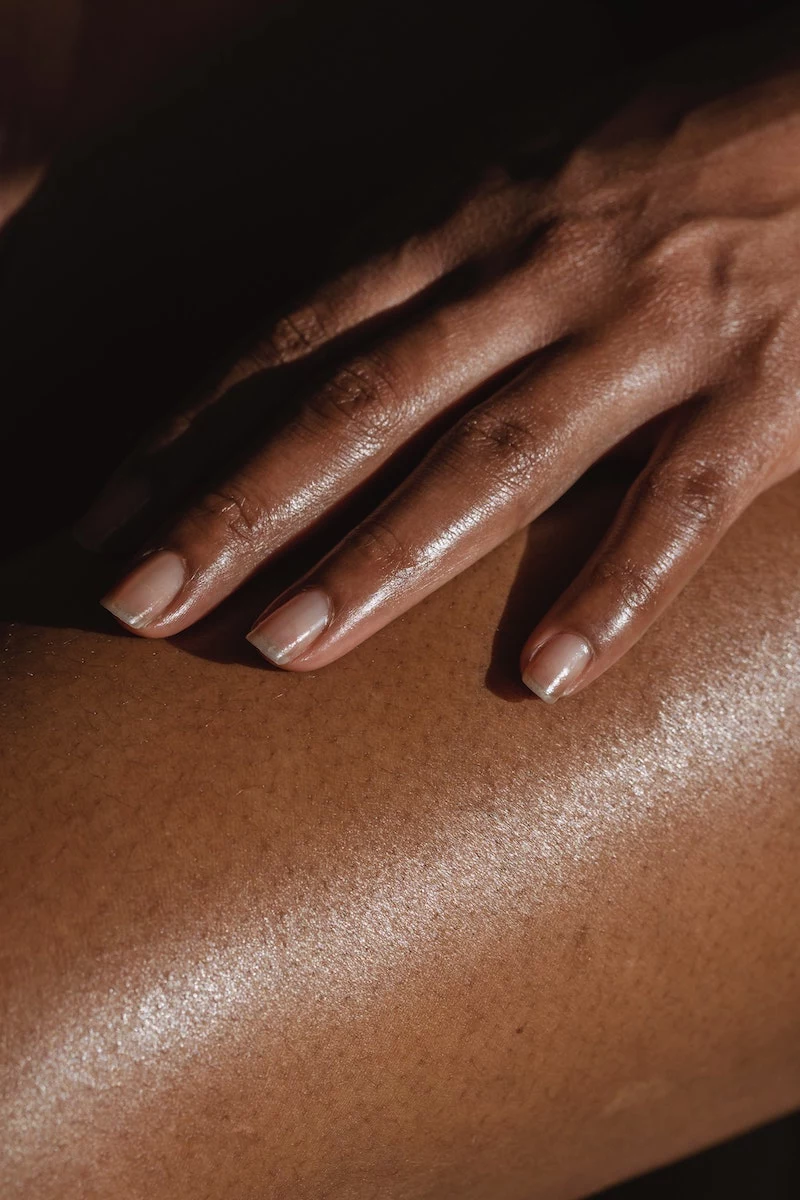
(Disclaimer: This is all based on my professional experience and is for educational purposes. It’s not a substitute for personal medical advice. Always patch-test new products before slathering them all over your face!)
Inspirational Gallery
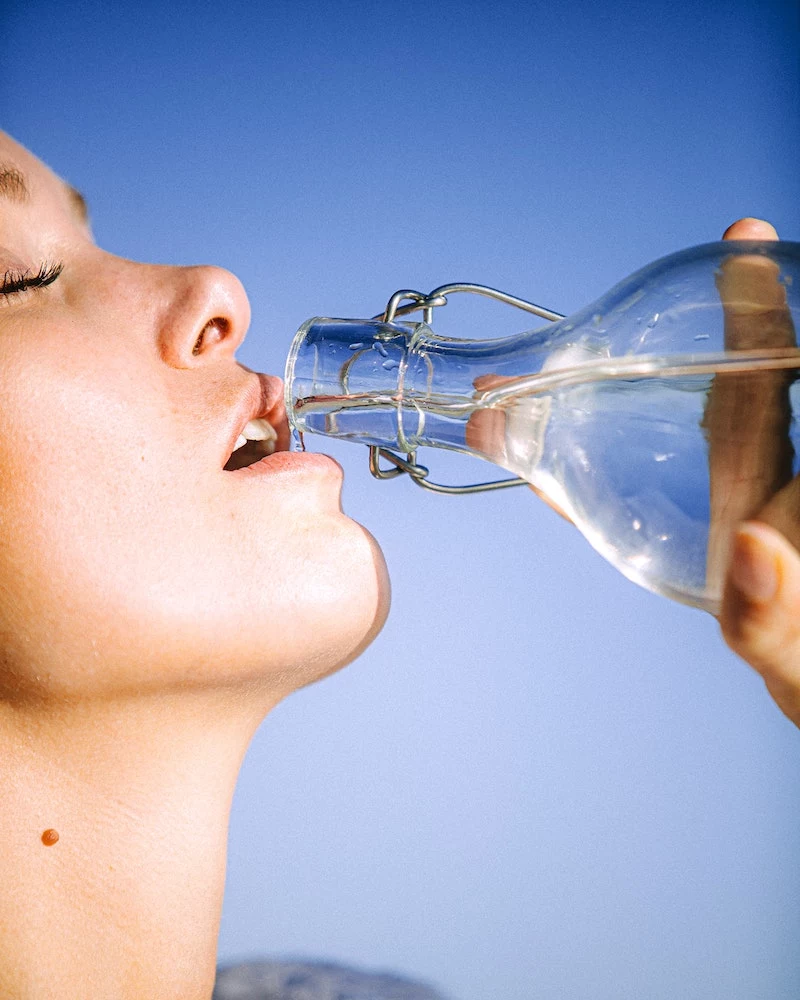
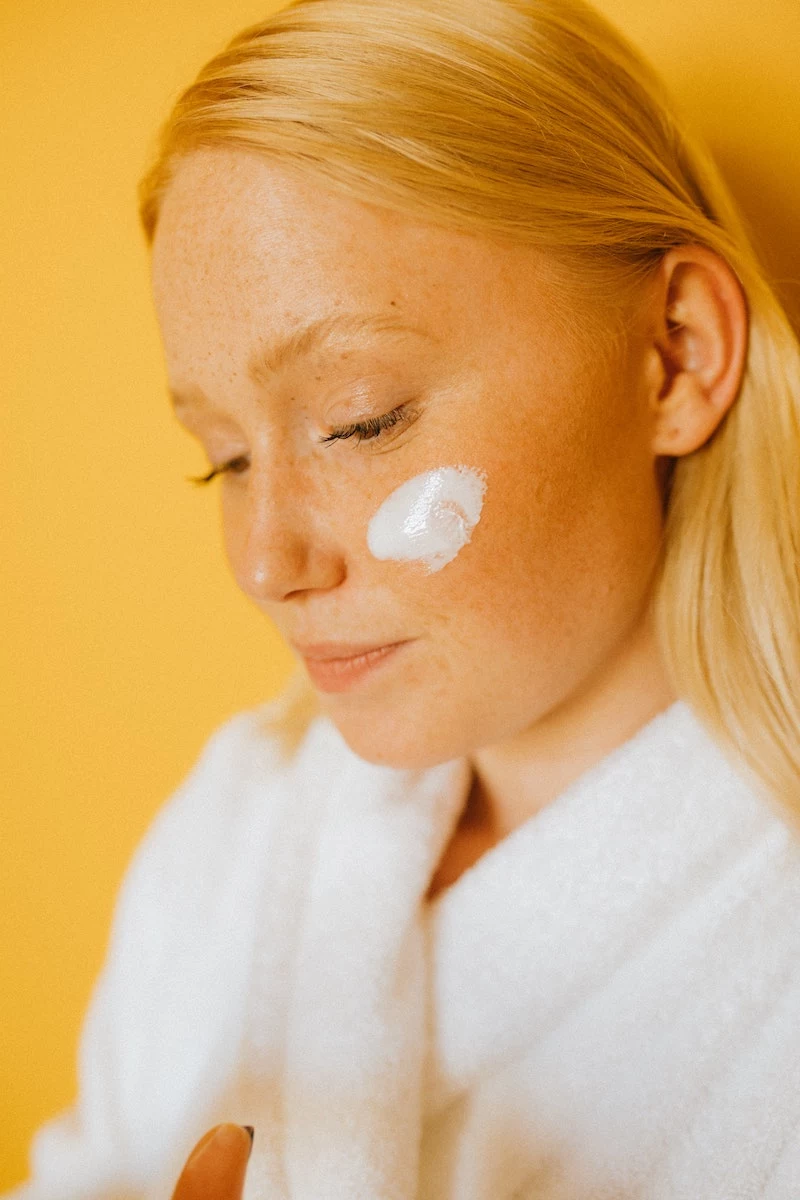
Is double cleansing just another trend, or is it genuinely useful?
It’s incredibly useful, but only if done correctly. The goal is to remove oil-based impurities (like SPF and makeup) first, so your main cleanser can actually clean your skin. Use a gentle balm or oil cleanser—the DHC Deep Cleansing Oil is a classic for a reason—on dry skin first. Massage it in, then emulsify with water and rinse. Follow with a mild, pH-balanced, water-based cleanser like CeraVe Hydrating Cleanser to wash everything away without that ‘squeaky clean’ stripped feeling.

“Applied topically, hyaluronic acid is a fantastic humectant, meaning it draws moisture from the air to hydrate the skin’s surface. A single gram can hold up to six liters of water.” – Journal of Clinical and Aesthetic Dermatology
This superstar hydrator is a must for supporting a healthy skin barrier. It plumps the surface layers of the skin, giving it that dewy, comfortable feel. Apply your hyaluronic acid serum (like the one from The Ordinary or La Roche-Posay) onto damp skin, right after cleansing, to lock in that crucial moisture before you apply your cream.
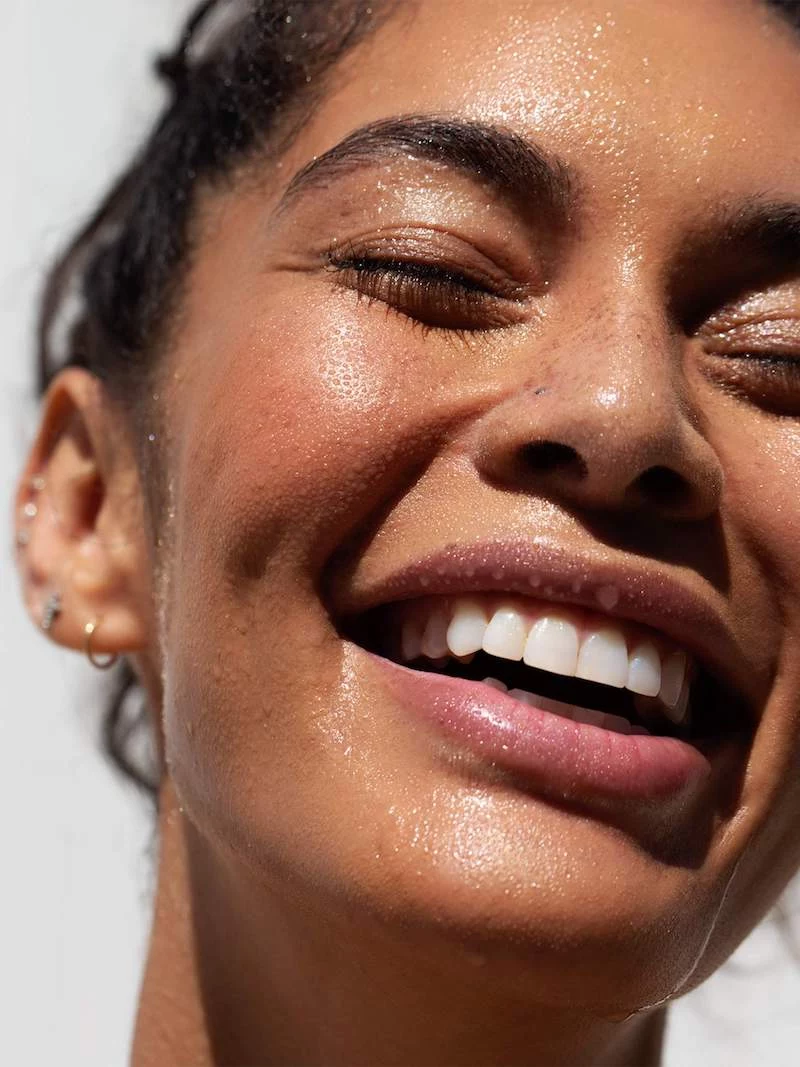
- Less irritation and redness.
- A smoother, more even skin texture.
- Products absorb more effectively.
The secret? ‘Skin Cycling.’ This popular routine, coined by dermatologist Dr. Whitney Bowe, involves a 4-night cycle: one night for exfoliation, one for a retinoid, and two for recovery and repair. It prevents over-exfoliation and gives your skin barrier the downtime it needs to rebuild, making your active ingredients work better with less irritation.

A quick diagnostic tool: The 60-Second Rule. When cleansing, don’t just quickly splash and go. Spend a full 60 seconds gently massaging the cleanser into your face with your fingertips. This simple change allows the ingredients to actually work, softens skin, improves circulation, and ensures you’re thoroughly removing the day’s grime without having to resort to harsh, stripping formulas.
Mineral Sunscreen: Sits on top of the skin and physically blocks UV rays. Often contains zinc oxide or titanium dioxide. Best for sensitive or acne-prone skin. Try EltaMD UV Clear Broad-Spectrum SPF 46.
Chemical Sunscreen: Absorbs into the skin and converts UV rays into heat. Tends to be lighter and leaves no white cast. Ideal for daily wear under makeup. A great option is the Supergoop! Unseen Sunscreen.
Both are effective; the best one is simply the one you’ll wear every single day.










